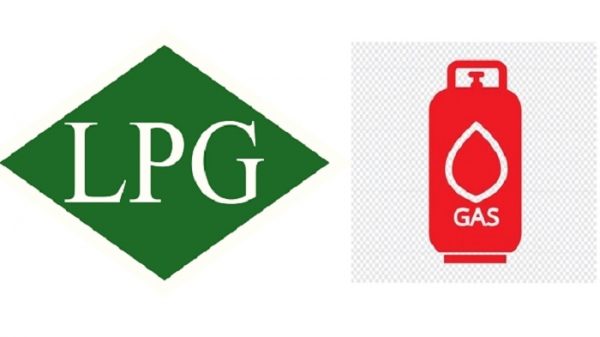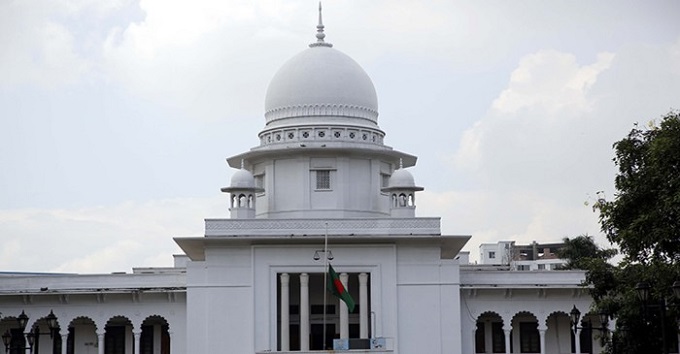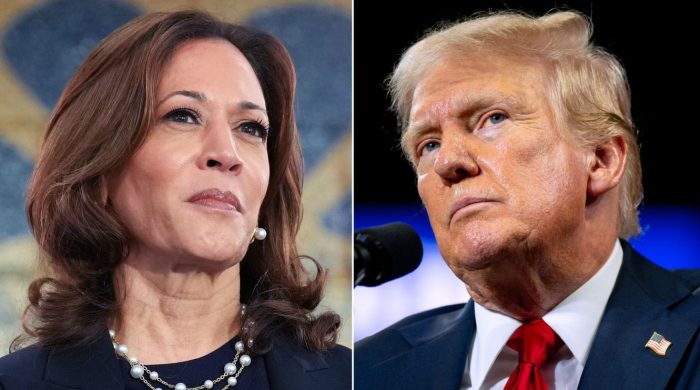Plot on to destroy LPG industry

- Update Time : Sunday, April 11, 2021
- 152 Time View

Multifaceted factors influence LPG prices
□ Highly completive market overburdened by high VAT and tax burden, regulatory expenses
□ LPG price still cheaper in Bangladesh compared to other S Asia countries
□ High transportation cost, logistic limitations remain a challenge
Multifaceted conspiracy is being hatched to put the Tk 32,000-crore investment in the country’s thriving Liquefied Petroleum Gas (LPG) sector in jeopardy and hinder the growth in this sector.
Many factors continue to influence the future of this sector’s vast investment and growth potential— VAT and tax burden, regulatory and other legislative expenses, cost of doing business, high freight cost due to small vessels, deep-sea ports crisis and a highly competitive market, sector insiders have said.
“A healthy business environment is required in the LPG sector,” they said, adding that “Otherwise, Tk 32,000 crores investment and millions of peoples involved in this business will be in jeopardy.”
It has been learnt that pricing is one of the most important indicators that determine the stability of the LPG industry in Bangladesh.
Several key factors contribute to the variations in the LPG pricing amongst country’s 28 LPG companies. Often the LPG cylinder rates at which the LPG companies supplies to the market and the consumers, makes a difference in the market share and company’s sales volume.
Most experts believe that the LPG price is quite cheaper in Bangladesh compared to other countries of South Asia because of high competition amongst these operators.
In Bangladesh, LPG is fully import-based and there is no subsidy whereas close neighbour India provides huge subsidy for their domestic users and it is to be noted that only three operators are operating in such a big country like India.
Bangladesh Energy Regulatory Commission (BERC) has been taking initiatives for fixing the price of Liquefied Petroleum Gas (LPG) at the consumer level and they had arranged a public hearing to fix the LPG on January 14, 2021.
“LPG price, so far, is not regulated and dependent on the international market price, transportation and distribution costs, profit of the marketing companies and their dealers. So many factors are influencing this market,” said Engineer Jakaria Jalal, Head of Sales, and Bashundhara LPG Ltd.
Investors have already invested and now all are struggling to survive. Extreme competition between companies forces them to make the differences in price even without making any profit in some cases.
Now such a situation has arrived that many investors are thinking to pull off their investment due to running out of cash, said an entrepreneur preferring anonymity.
VAT on the product needs to be lowered in order to reach out to 70 per cent of the country’s people as per the government’s plan as Tax and VAT plays a huge role in increasing the LPG rate, entrepreneurs said.
Besides, New cylinders require 5 per cent VAT and for each refill 7 per cent VAT is included as in the plan while AT and AIT also influence this business a lot.
Other influencing matters
Subsidy on Cylinders
Cylinder subsidy is another reason for price variation. Companies usually provide cylinder subsidy on the company’s ex-factory rate to the distributors so that distributor may sell at a flexible price which will be beneficial for both parties. At present, the production cost of each cylinder is about Tk 2000-2200 whereas a new cylinder sells at a maximum of Tk 700-800. This is helpful for the growth of this market.
Cylinder Transportation Cost
Transportation cost has the most significant impact on LPG price. While LPG is supplied through retail distribution networks at the field levels, the price also differs along with the distances from the factories or depots to the distribution points. If the cylinders with 12kg of LPG are selling at Tk 1,100 in cities or nearest points from the depots, while customers in rural areas are charged Tk 50-100 more for the same quantity of gas just because of the distance. Overall Teknaf to Tetulia distance cost arent the same and meanwhile sometimes ferry and other things increase the price.
Distribution Channel Cost
The distribution channel is not streamlined, as they have to bear the huge cost of maintaining the distribution and retailer points. This is one of the reasons the end-users get the products and different rates at different points.
Deep-sea Ports Crisis
LPG operators claim that the crisis of deep seaports and adequate lifting infrastructure in Bangladesh is behind the increased cost of transportation of LPG, resulting in a higher cost of LPG at the retail level. Mongla port (the most common import port for LPG in Bangladesh) can accommodate a maximum of a 3,000 MT LPG vessel.
High Freight Cost Due to small Vessels
LPG is mostly import-based and in Bangladesh, LPG importing is not smooth as imports have to be made in smaller quantity which increases the transportation cost and others, thus causing a spike in the LPG pricing curve. Besides, it is very tough to source small vessels and this also influences the price hike while importing.
Volatility of International Contract Price (CP)
International price volatility causes price ups and downs as the companies follow the rate announced by the international market, for instance, Saudi Aramco. Operators have to increase the rate to adjust to the price in the international market. Continuously changing CP makes the pricing of LPG more challenging.
Cost of Doing Business
The cost of doing business is much higher than any other developing countries which is a big issue for the investor to keep the LPG rate higher than the expectation of the end-users.
Regulatory and other Legislative Expenses
The LPG companies have to pay a huge amount of money as the regulatory cost to the government e.g. BERC, BPC, Explosive, BSTI, etc— most likely 21 institutes so far.
LPG is fully import-based (more than 98 per cent ) and most of the terminals are established based on Mongla and Chittagong port. LPG Industry has gone through noticeable ups and downs since initiation and investors struggled a lot at the primary level.
But now this industry has been experiencing tremendous growth in the last decade. Back in 2013, in Bangladesh, the consumption was only 80,000 MT of LPG but now the demand crossed 1.2 million MT per annum.
According to industry insiders, the demand will reach 2.5 million MT by 2025 and 3.5 million MT by 2030. That means it is easy to calculate that the demand will be double within the next 4/5 years.
Bangladesh LPG Sector is going through exponential growth and the Bangladesh government has been actively supporting as well as promoting the use of LPG in Bangladesh.
Within the last 5 years,’ it has been found that operators already invested more than Tk 32,000 crores in this sector and it is also noticeable that this sector required continuous investment too.
LPG is fully import-based (more than 98 per cent ) and most of the terminals are established based on Mongla and Chittagong port.
It is mentionable that LPG is gradually taking the place of natural gas as the number one alternative to it not only in household but also in the commercial as well as industrial sector.

























